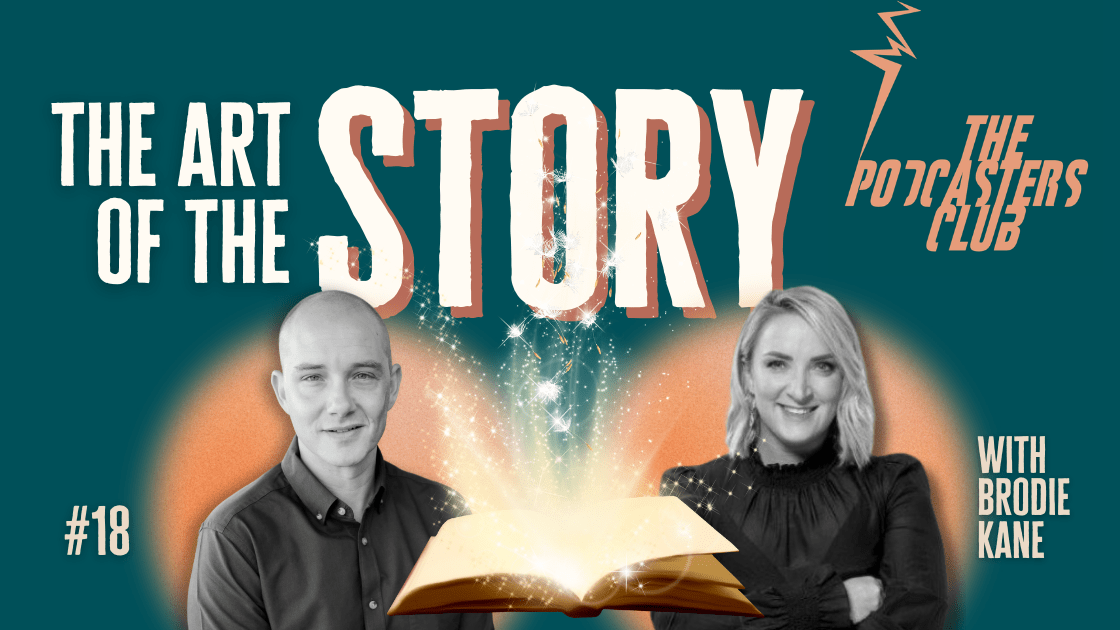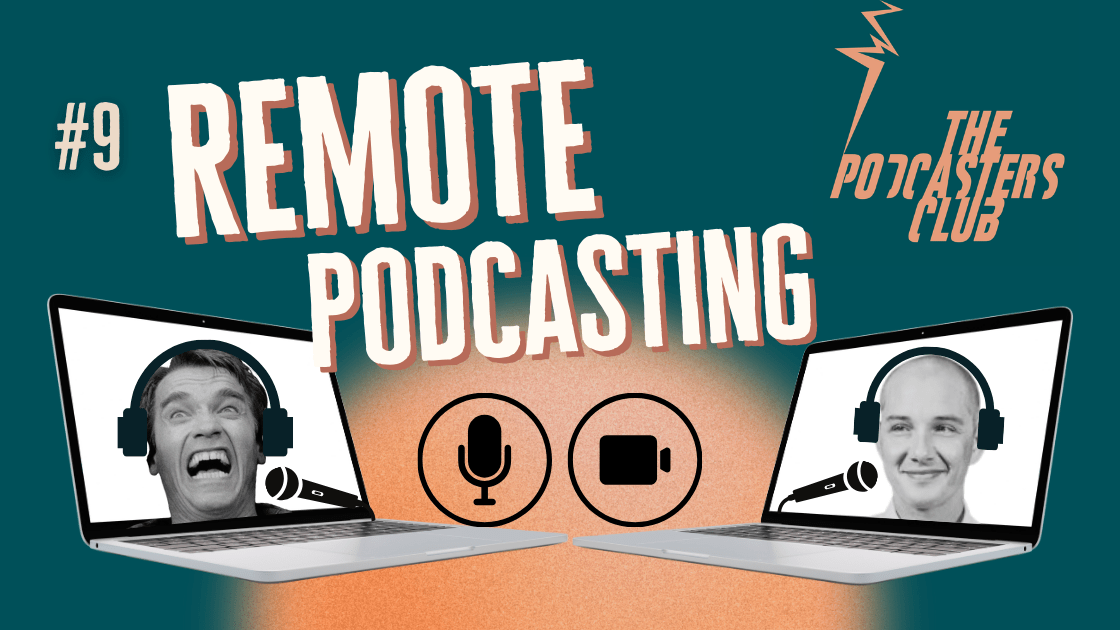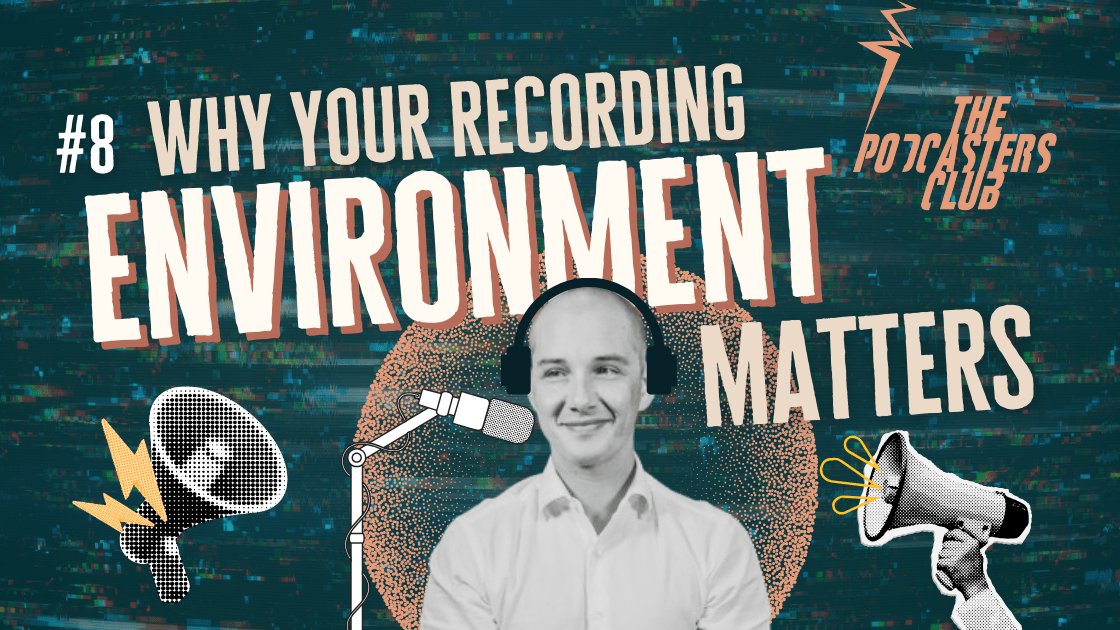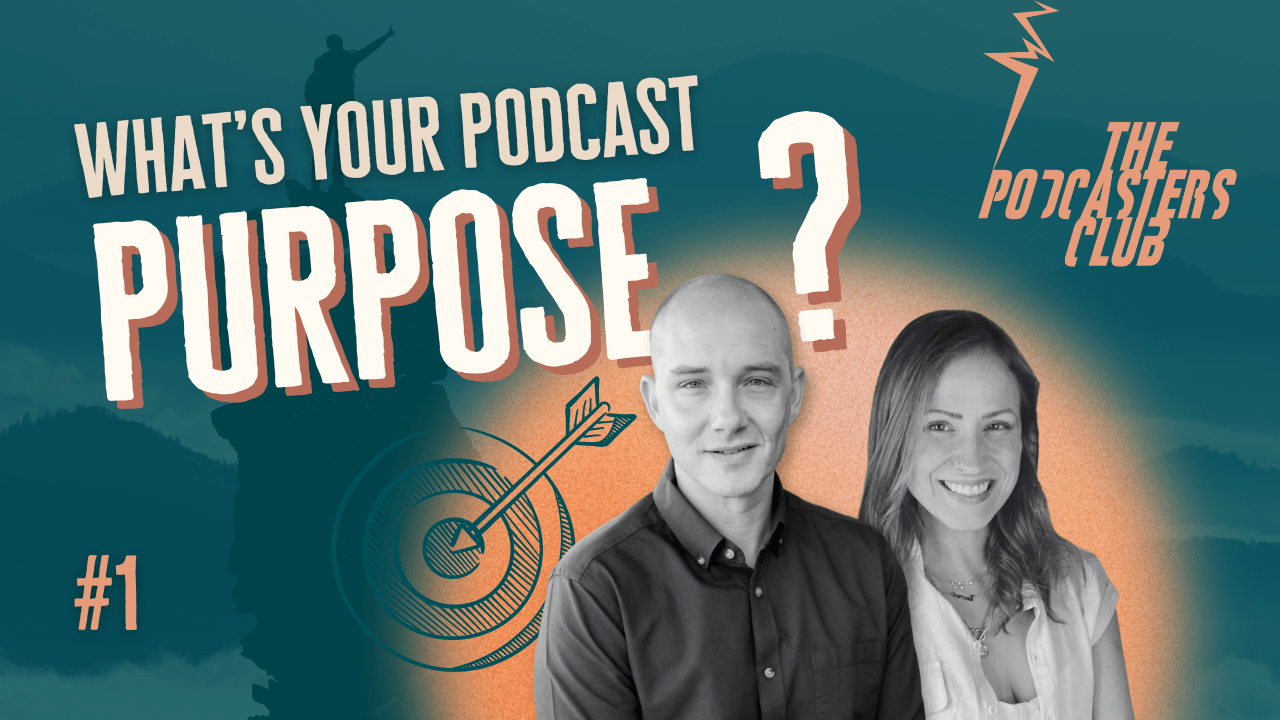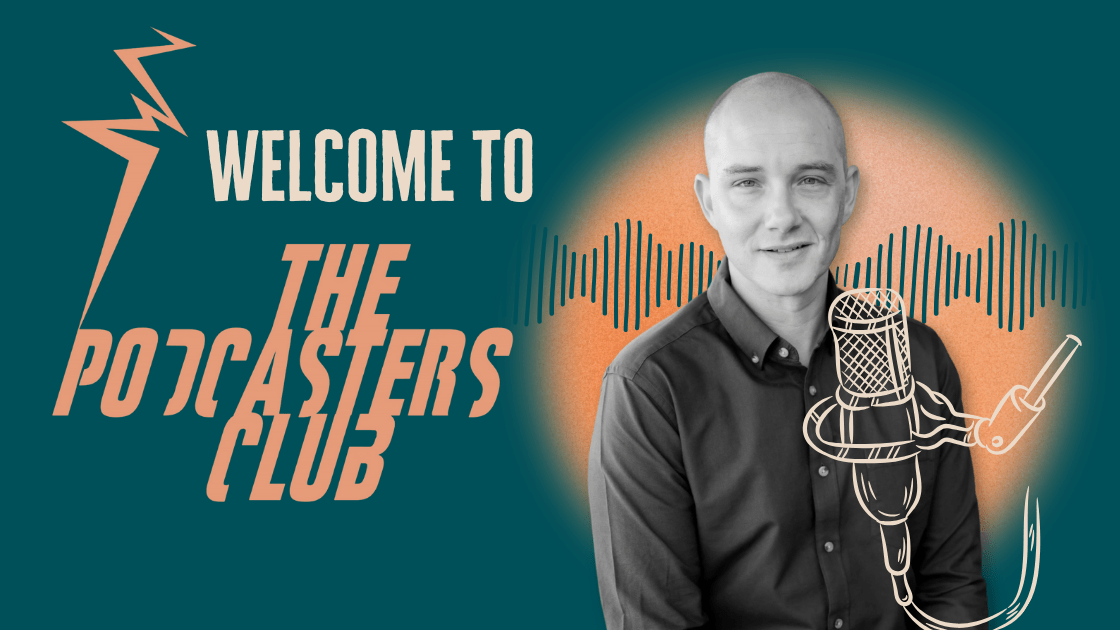The Power of Podcast Editing [with examples].
Let's delve into what podcast editing entails, explore different editing styles, and understand why it's crucial. You’ll also hear audio examples from real podcasts to help showcase the transformative power of editing.
What Exactly is Editing?
It's easy really! Any recorded audio that's been modified by removing or rearranging parts has essentially been edited.
Editing can be used to remove silence (also known as "dead air" in radio terms), unwanted noises, words, sentences, paragraphs, or even people. You can rearrange audio to tell a story differently, or craft an entirely new narrative. It can make someone sound smart, dumb, funny, or even boring. You can tighten up a slow conversation or add breathing room to a rushed one.
Editing can be as simple or complex as you need, but its power is undeniable. Especially since not everyone that speaks on a podcast is a professionally trained speaker.
Different Levels of Editing in Podcasting
There are various levels of editing you'll encounter in podcasting, with each level typically incorporating the techniques from the previous ones. It's also worth noting that this is a flexible spectrum. I've definitely worked on podcasts that require a unique style, blending elements from different levels.
Top & Tailing
This is the most basic level, where podcasters simply trim the space at the beginning and end of their recording. This ensures the episode starts and ends with the actual conversation.
Basic Editing
Here, you listen through the entire recording and remove anything truly disruptive, like long silences, coughs, sneezes, mistakes, and restarts. The result is a faithful representation of the conversation, ideal for podcasts where preserving every nuance is key. For example, a show that focuses on honest conversations or authenticity would benefit from leaving the "rough edges" in.
The Joe Rogan Experience podcast has been successful with its format of famous guests and a ‘basic edit’ of the audio.
The Joe Rogan Experience podcast, easily one of the most popular of all time, would technically be considered a basic edit. This approach works because of the caliber of guests Rogan has on his show – their fame often allows listeners to tolerate filler words like "um" and "ah." For less-famous speakers, listeners might have lower tolerance for such interruptions.
Discover our Basic Editing service and listen to examples here.
Pro Editing
This is the foundation for professional podcasts. Pro editing incorporates everything from Top & Tailing and Basic Editing, but takes it much further. During a Pro edit, I meticulously go through a recording, removing anything that doesn't contribute to the conversation. This includes "um," "ahh," "like," "you know," stutters, vocal ticks, and repeats (within reason). The key is to make edits that go unnoticed by the listener – because an obvious edit is worse than a speaker taking a beat to process their thoughts.
This approach creates a much more concise and impactful episode, ultimately providing a more comfortable listening experience. Pro editing is also where the art of podcast editing comes into play. Knowing what to leave in and how to adjust the flow of an episode takes a lot of practice.
Discover our Pro Editing service and listen to examples here.
Narrative Editing
This is the most artistic style of podcast editing. These episodes are usually created by a producer who assembles various recordings to form a story using scripted voiceover, music, and sometimes even sound effects. This style requires seeing the bigger picture and selecting/arranging recordings to tell or contribute to that story.
A producer dictates the overall theme of the podcast and often edits or hosts the show. Once the producer outlines the show, transcribes recordings, scripts the episode, and provides the voiceover, the editor executes that vision as closely as possible with a Pro Edit. This is a detailed process, often involving multiple revisions. Narrative editing is most commonly used for entertainment podcasts, resulting in an immersive experience for listeners as they follow along with the story of each episode, and sometimes over an entire season.
Why Do We Edit Podcasts?
Ultimately, it boils down to optimising the listener's experience. We want listeners to get the most out of your episode and keep coming back for more.
Editing isn't about stripping away a speaker's personality; it's about enhancing the recordings by removing distracting, repetitive, and irrelevant content. Natural human speech includes pauses as we formulate thoughts and find the right words. These pauses can be brief silences or filled with filler words like "um" or "ahh."
For example:
Yeah, and like, I walked into this shop and, you know, like, saw this really cool hat, and I thought, you know, I should like, get the hat, but I didn't have, like, the right amount of money...you know?
A more concise way to phrase that sentence would be:
I walked into the shop and saw a really cool hat, but I didn't have the right amount of money.
However, that's not how most people talk naturally! We often rely on filler words to give our brains time to process thoughts into words. Additionally, we tend to repeat these filler words unconsciously:
Aaaand I went down to the shops….Aaaand I saw a really cool hat….But I didn't have the right amount of money...Aaaand soooo I didn't get the hat.
While this is natural speech, for someone listening to a 30-minute podcast episode filled with these types of filler words, it can become incredibly frustrating. Over time, the constantly repeated filler words become the only thing the listener focuses on.
Editing can help speakers sound more confident, authoritative, and purposeful, leading to a much better listening experience. This is especially crucial if your podcast contributes to your business marketing, brand awareness, or aims to make a significant impact.
Another aspect of human speech that can be frustrating for listeners is what I call "re-phrasing." Here's an example:
So when I say I went down to the shops, what I mean is I walked down to the shops using my feet...well actually now I think about it, it was a bit faster than that so I guess I ran down to the shops using my legs...so yeah...I ran down to the shops.
Only the very last part of that recording is relevant to the conversation. The speaker's explanation of how they arrived at that sentence doesn't add value to the conversation, so editing it out ensures listeners only hear the final, relevant point:
I ran down to the shops.
Editing not only enhances a speaker's delivery but can also remove mistakes, interruptions, or anything else you don't want your listeners to hear. Occasionally, when editing for clients, I get requests to remove names of people or brands, or entire conversations that the podcasters would prefer not to be included in the published episode.
In essence, editing is a powerful tool that gives us ultimate control over our audio.
Audio Examples - Before & After
Below you can listen to some audio examples showcasing the transformative power of editing with real podcast audio.
The way these people talk and the mistakes they make are very common. It’s just how people talk. So it’s ok to laugh, it’s definitely funny, but don’t judge these speakers until you’ve edited your own podcast audio and understand how difficult it is to sound polished in real life.
Some of these examples have had the sound improved and some are raw - this exercise isn’t about the mix, just focus on the editing.
So now you really know exactly what editing can do, and how you can use it to improve your podcast. But how do you edit audio? Well, that’s an immense topic for another day, perhaps even a course…
What I will say here is that audio editing is a skill like any other. If you’re just podcasting as a hobby and you have some editing experience, you can most likely do it yourself. However, if you want a professional-sounding podcast, you’ll need to hire a professional to do the editing.
I’ve spent 17 years editing digital audio, and that experience, skill, and speed is what my clients get when they hire Precision Podcasting to edit their podcasts.
The next step that is often overlooked but crucial if you want a pro-sounding podcast is Mastering. Read our article introducing you to the art of Mastering here.
Ready to take your podcast pro? Talk to the experts with a free consult.



![Podcast Perfection: The Difference Mastering Makes [with audio examples]](https://images.squarespace-cdn.com/content/v1/6632edd588483f6e2a0bc4fa/1715541221604-A295QS3ZCR90MP2GSZ6W/Podcast-Mastering-PrecisionPodcasting.png)
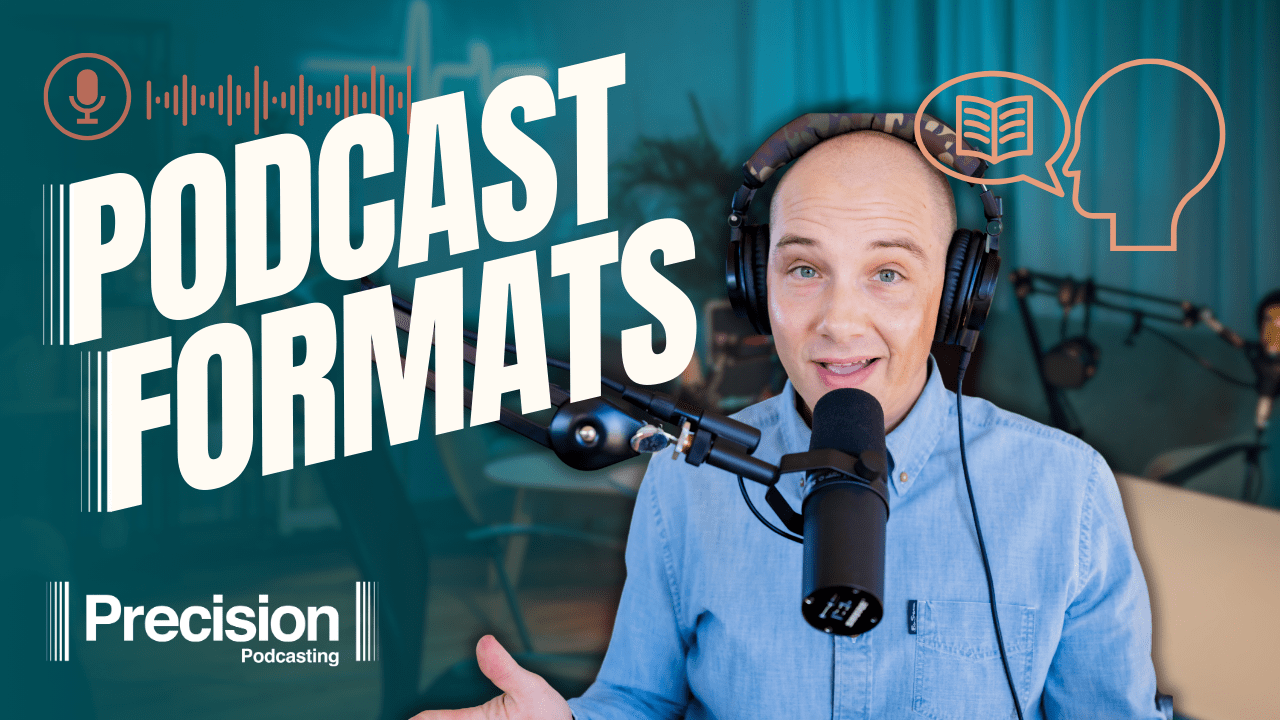
![The Power of Podcast Editing [with examples].](https://images.squarespace-cdn.com/content/v1/6632edd588483f6e2a0bc4fa/1715541140779-2O033HV3Z7EV0LYYJBET/Podcast-editing-PrecisionPodcasting.png)
